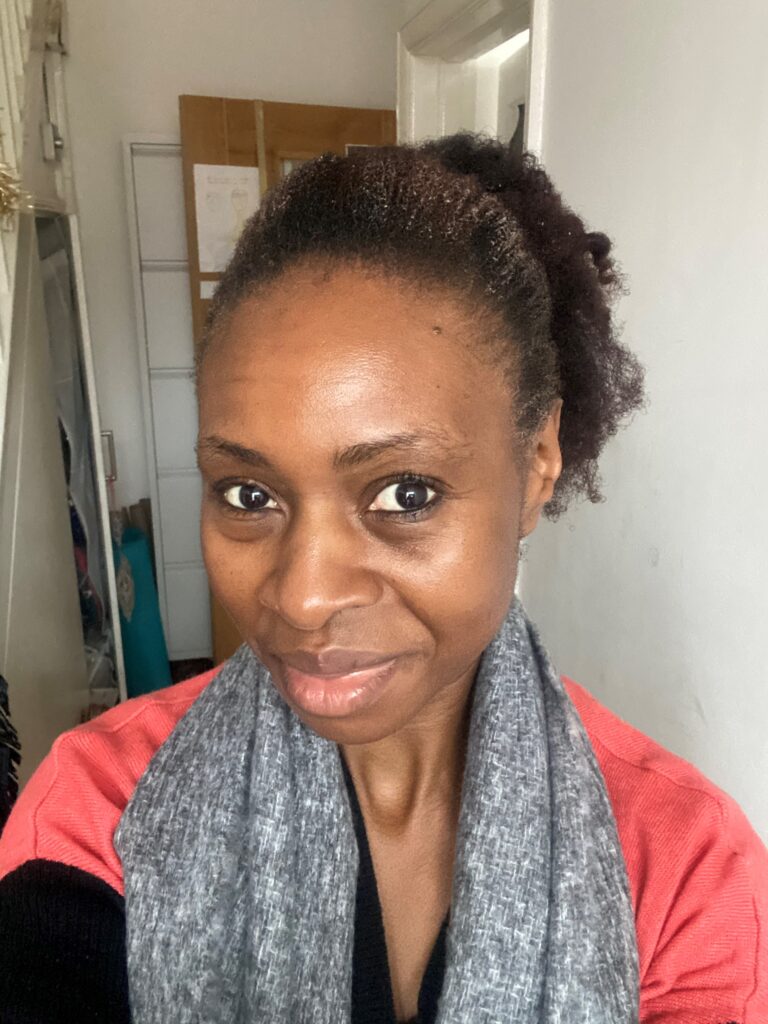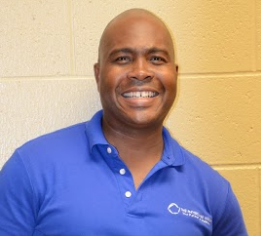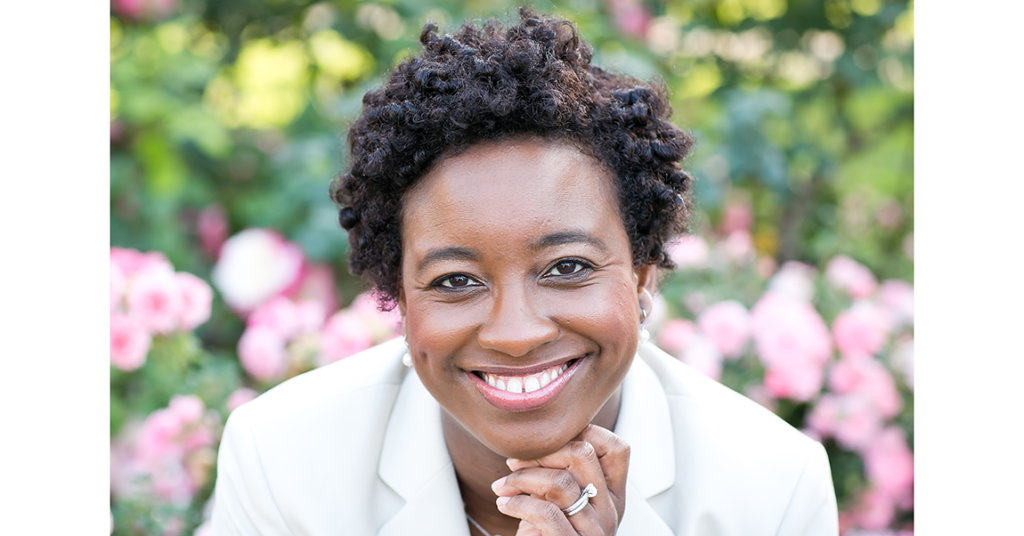How communicators and wellness pros can facilitate DE&I breakthroughs in 2021
This is the year we must go from lip service to substantive action. Experts share how to make genuine progress—and how to become a more inclusive storyteller.

Solidarity, social media posts and public statements are all fine ways to acknowledge the evils of systemic racism.
Concrete action to rectify wrongs is better.
After the great global reckoning of racial injustice 2020, what have we learned? What progress do we have to show for all the corporate commitments and public declarations to “do better?” And how should companies, in particular, make amends to people of color and be more inclusive moving forward?
2021 is poised to be a historic year filled with meaningful strides toward creating a more equitable society. Since the death of George Floyd, almost nine months ago, the largest U.S. companies have pledged $66 billion to combat racial inequity. Another 22% have made external commitments to promote racial equity. It sure seems like we’ve reached a tipping point, but humans have proved incredibly adept at preserving power and the status quo—at all costs—while thwarting those in the minority.
The ills of racism are obviously intractable and complex. However, many of these racial inequity problems are quite solvable. It’s just going to take time, strategy and resilience—and a sustained effort to hold the feet of the powerful to the fire.
Communicators have a key role to play in keeping that DE&I ball rolling in 2021. By ensuring accountability and using your perch to boldly speak truth to power, you can maintain DE&I momentum to facilitate significant breakthroughs — long after Black History Month ends.
Experts weigh in
Kerri Wise, VP of marketing for TrueCar, offers a reminder that consumers increasingly expect companies to comment on burgeoning social issues such as DE&I topics. However, your actions must match your message:
“More and more consumers expect the brands that they engage with to speak up on important social issues and initiatives, such as DE&I,” she says. “But, it’s important that communication efforts regarding DE&I are rooted in authenticity and action.”

She offers the example of brands clamoring to make bold public statements in the aftermath of George Floyd’s death. “Many brands spoke out against racial injustice without offering any substance or a course of action,” she notes, with a warning all companies should heed: “Consumers can sense when a brand isn’t authentic and is simply ‘checking the box’ when communicating on DE&I.”
Wise says it’s crucial to ensure that your DE&I comms are “backed by a real plan of action,” and that you’re not inflating your efforts to cultivate diversity. Of course, no one’s perfect, and your audience understands that most companies have historically been dreadful on race issues. The key is to show what you’re doing now, and what you plan to do moving forward.
“Your audience isn’t looking for perfection as it relates to DE&I,” she says, but rather they’re keen to hear what you’re doing to help, such as establishing employee resource groups, offering training and education, making donations to relevant organizations, and how you’ll plan to share updates on your progress.
Kate Isichei, a U.K.-based internal comms consultant, agrees that time has run out for companies trying to fake their way to “authentic” storytelling. “The range of voices is getting larger but is still limited to people who come from similar backgrounds and have similar interests and experiences,” she says, adding that, “If you widen the net to capture talent in the communications space, this will eliminate a lot of the issues you are currently seeing with one-dimensional storytelling.”

Isichei offers a warning against “fraudulent” attempts at inclusive storytelling. She says:
“You can’t just tap into Black and Asian talent when it suits you, and certainly not just for DE&I topics. We can counsel on many other topics, too.”
Isichei says that authenticity is essential. But that requires a type of credibility most companies have not earned. As she notes, “Fraudulent storytelling is so rampant that it has become second nature for many companies to adopt this way of creating narratives.”
She adds: “Any company that wishes to be taken seriously in the long term will need to adapt and start walking like they talk rather than just talking a good game.”
Of course, all of these DE&I efforts are moot if your employees are unwell. According to Alex Hixon, owner of Rural Mobile Health and Wellness, it’s wise to personalize your wellness efforts and adapt your programs based on the racial, cultural and demographic makeup of your workers. But some basic well-being tenets are universal.

Hixon advises being simple and direct with your messaging, “so that everyone can relate.”
He breaks his message down thusly:
Nutrition. “If you want to be lean and clean, you have to eat your greens and beans.”
Physical. “In order to lose your gut, you have to get off your butt.”
Stress management. “God does not bless mess or stress.”
“Using this common-sense approach to wellness is a simple and effective way to get people to move their needle, empowering and inspiring positive change in their health,” he says.
Pursuing more mindful language
Cedric F. Brown, a digital strategy consultant and speaker on DE&I issues, says it’s crucial to be mindful of blind spots in your messaging as you share updates. What sounds like good intentions to you could be coming across as condescending or paternalistic to someone else.

Brown says:
“Organizations need to recognize just how pervasive the savior complex is. Like microaggressions, it may be rooted in good intentions, but it really fosters problematic thinking.”
He says to be especially wary of how you portray beneficiaries or people you’re trying to help. “Organizations who communicate with a savior complex tend to frame Black audiences as helpless, incapable, and downtrodden. Brown references the “poverty porn” genre of storytelling, which frequently portrays minority communities in an unflattering, dehumanizing light. Companies often then “insert themselves into the situation to ‘make things better.’”
Instead of making your company the white-knight champion, Brown says to put the spotlight on unsung heroes and to focus on doing your part to address macro, root-level issues.
“To effectively communicate equitably, organizations should aim to show how they’re addressing and removing the systemic barriers in place that disproportionately affect Black people. In other words, focus on addressing the root of the issues rather than providing a quick fix to ease the symptoms,” Brown says.
Tiffany Perry, manager of communications and change management for consulting agency Point B, says it’s time for organizations to show their work on inclusion initiatives.

She offers four keys to long-term DE&I success:
Leadership should make DE&I a key business priority and embed DE&I into your organizational processes. Perry says that communicating results along the way is crucial for accountability and tracking progress. “Publish an annual DE&I action plan, and follow up with progress reports and scorecards on a monthly or quarterly basis to promote transparency and accountability,” she says.
Inclusive storytelling begins with creating an inclusive and diverse communications team, with individuals who care deeply about amplifying the perspectives and experiences of all employees. The world of corporate communications—as well as PR, advertising and other comms jobs—are often quite lily-white. Getting more diversity into your communication is not just the right thing to do—your campaigns will be more vibrant (and less tone-deaf) as a result.
“Representation matters, so aim to have diverse employee representation in your stories, and incorporate inclusive images that reflect the diversity of your employees,” Perry says.
Build strong working relationships with DE&I leadership, internal champions and business groups to stay abreast of DE&I action items and events. “Be sure to publicize those events to your employees,” Perry says, and to empower those hidden influencers in your ranks who can inspire and motivate colleagues in ways execs cannot.
Create an inclusive language guide to use as you craft messaging to avoid stereotyping, discriminatory or biased messaging. You don’t know what you don’t know, right?
The last thing you want to do is cause confusion, embarrassment or even harm with careless communication. So do your homework.
“And then check your work by consulting with DE&I champions and internal business groups to make sure your messages are inclusive,” Perry says.
The topic of DE&I language merits deeper exploration and consideration in 2021. Crystal Shelley, an editor specializing in “conscious language,” has published resources to provide clarity on ableism, gender topics, writing outside your identity and covering mental illness with compassion. Shelley also offers guidance on avoiding microaggressions and unconscious bias in your edits, including:
- When in doubt, look it up.
- Query as a learner rather than assume as an expert.
- Keep up to date with evolving trends in language by talking with other editors, following activists on social media, and subscribing to the Conscious Style Guide newsletter.
- Learn about your personal biases through Harvard University’s implicit association tests.
- Listen to writers or colleagues when they discuss what they want for their content or stories.
- Recognize that you may not be the best storyteller for the job.
Don’t be deterred by a flurry of seemingly new writing “rules.” Instead, focus on the Golden Rule. Treat others with kindness and compassion. Do no harm. If you’re not sure how to state something or frame a story in a helpful manner, ask.
Above all, do your bit to help elevate others who are eager to climb. Use your bully pulpit to share inclusive messaging that inspires, educates and empowers. Be a communicator who uplifts instead of merely informs. Acknowledge your blindspots, and work to improve. Make the most of this month we’ve selected to highlight Black achievements and contributions.
You don’t have to be a DE&I expert to make a profound, positive difference. You don’t need to be a perfect “ally.” Just commit to making incremental progress, holding leaders accountable, and doing your small part to create a more equitable environment—wherever you are.
Part of our collection of Top Reads of 2021.







